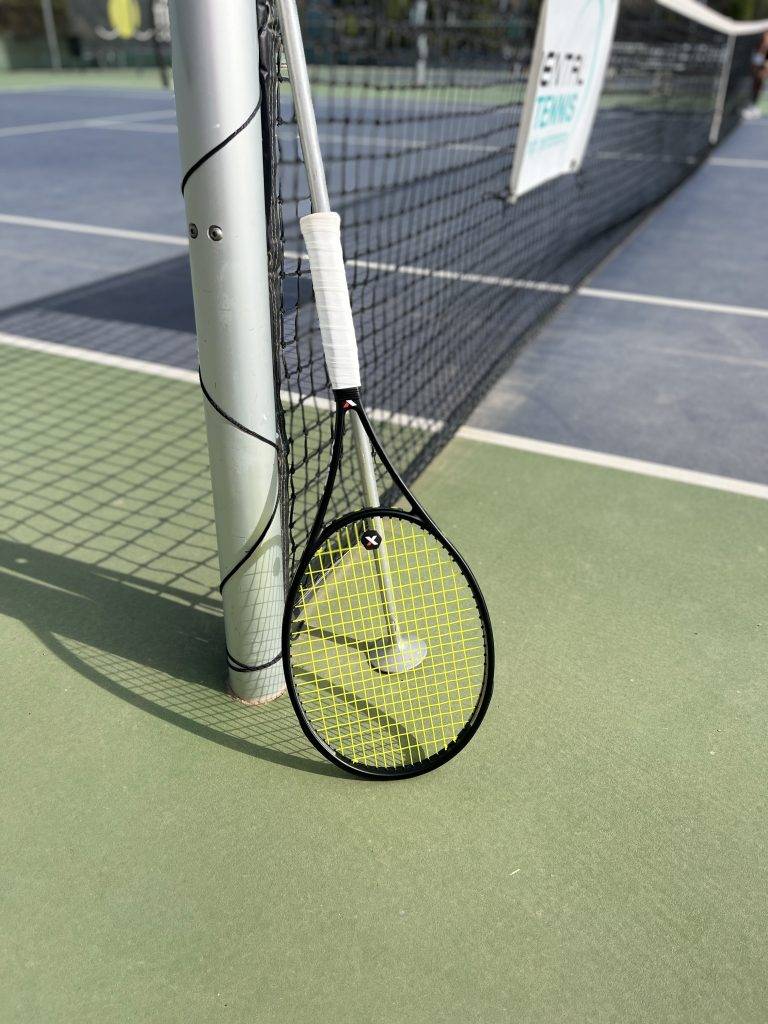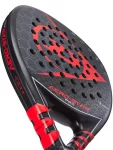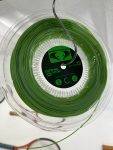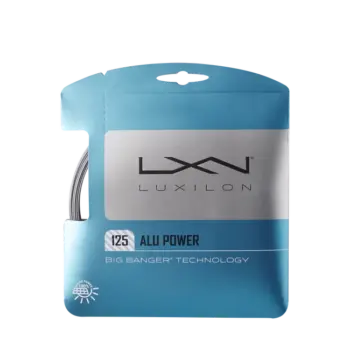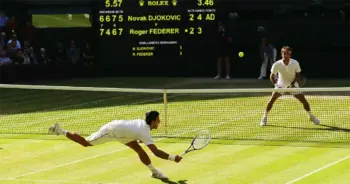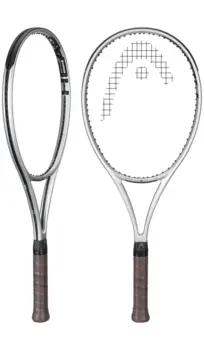TenX is a relatively new brand of tennis gear from Australia. This post (and video) is my TenX Xcalibre 300 Review.
TenX Xcalibre 300 Review
The Xcalibre is the control-oriented racquet in the TenX line-up. The more power and spin-focused racquet is the Xstrike. You can check out my Xstrike review to learn more about that racquet. I did review the Xcalibre 315g version some years back, but that was the 315g, 27.5-inch version. The racquet in this review is a standard length of 300g.
Specs and Tech
The TenX racquets are based on a technology called Uniflex, which means the racquet flexes uniformly and doesn’t have one specific flex point (some racquets flex more in the shaft or the head, for example). According to the Tenx website:
Uniflex Technology Frame
- Seventeen layers of carbon fiber laminates compared to the normal range of 7 – 12.
- Multiple “angled cross piled carbon fiber laminates combinations.”
- Optimal thermal compression
- Optimal 66 RA stiffness selected.
- Re-enforced
The specifications of the Xcalibre 300 are:
| Weight unstrung | 300g |
| Head size | 98 sq in |
| String pattern | 16 x 19 |
| Length | 27.0 inch / 27.5 inch |
| Bal Point | 31.9 |
| Swing weight | 291 |
| Stiffness | 66 |
| Grip size | 4¼ / 4? / 4½ |
| Beam | 20mm |
| Technology | Uniflex™ |
| Material | Carbon fibre laminates (Japan) |
Who is it for?
The TenX Xcalibre is suited for advanced players that put a premium on feel and control. Yes, the 16×19 string pattern offers some spin potential but the thin beam and relatively low flex, is more focused on bringing good sensations and arm comfort than “free” power and depth.
Players enjoying old-school racquets who gives the player exactly what they put into the racquet, should consider the TenX Xcalibre. It competes with racquets like the HEAD Prestige, Wilson Blade, Babolat Pure Strike VS, Tecnifibre TF40, Yonex VCORE Pro 97.
How does it play?
The Xcalibre offers a nice, plush feel as the ball hits the strings. I strung it with TenX Hex Touch 1.22 strings at 22 kg or 49 lbs. It is a softer polyester string, not far off strings like Hyper-G Soft or Yonex Poly Tour Pro.
I thought the string and the racquet paired well together. I would consider stringing it with a multi/gut and poly hybrid to open up even more power and feel from the frame.
The main downside with the racquet is that it doesn’t offer you lots in terms of power and forgiveness. But that is typical for this type of racquet and something you need to be aware of as a player. If you need assistance and depth from the racquet, there are better options. But if you value precision and touch, this racquet provides it.
Summary
An excellent control/feel racquet that should be considered among players looking for a strong connection to the ball. There are not many racquets with better feel on the market, and I think demanding players might appreciate the no-frills sensation and performance of the Xcalibre. I did miss some power and stability that I got from the 27.5-inch version.
I also think a 300-gram, 20 mm beam and 66 RA racquet lacks some natural stability, so I would recommend either going for the extended length or at least the 315-gram version. I ended up customizing my racquet to play with better stability and power. I added 3 grams at 10 and 3 grams at 2 in the hoop and 10 grams in the handle to make the racquet feel more solid.
When customized, the racquet played great. But I still need more power for my game to compete these days. I think that is the case with most players. But for those who want that old-school feel and control, check out the TenX Xcalibre.
